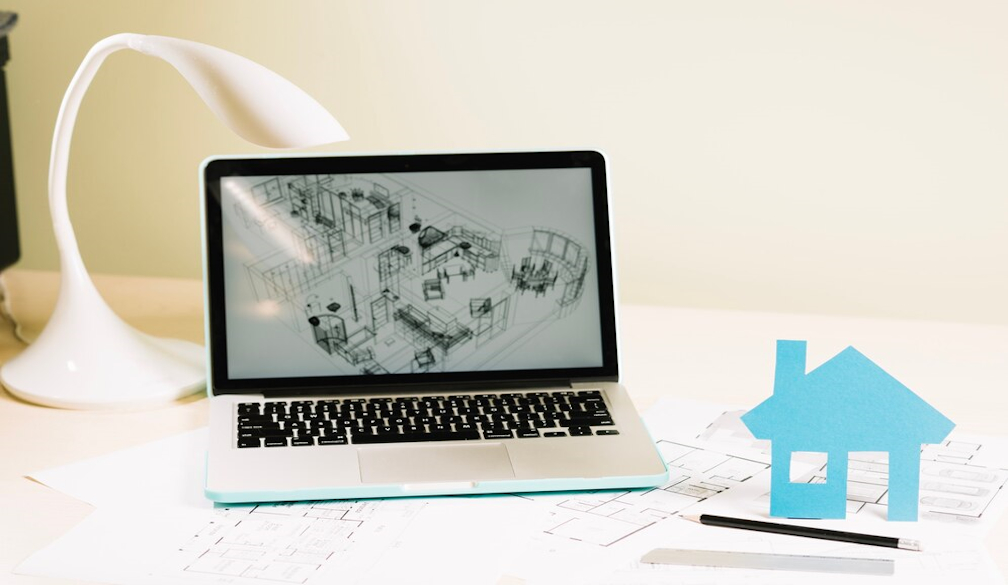Understanding the Importance of BIM Modelling in Home Construction

Building Information Modelling or BIM has emerged as one of the most significant innovations in the construction industry. BIM management enables professionals to plan, design, and construct more efficiently through detailed digital models. This becomes particularly relevant in home construction, where precision and efficiency are crucial to achieving satisfying results.
One company that has effectively leveraged this technology is Interscale. Through the BIM modelling services they offer, numerous construction projects, including home building, have been completed faster and more cost-effectively. BIM modelling not only enhances productivity but also promotes sustainable building practices by optimizing resource use. Before diving deeper into its benefits, let’s explore what BIM modelling is and how it functions in the construction industry.
What is BIM Modelling?
BIM Modelling is the process of creating and managing digital representations of the physical and functional aspects of a building. This technology allows architects, engineers, and contractors to collaborate using a detailed digital model that encompasses all essential information, from structural design to mechanical systems. This integration ensures that every stakeholder has access to real-time updates, reducing the risk of discrepancies.
In practice, BIM is more than just a visualization tool. It integrates data to help professionals anticipate potential issues before construction begins, thereby minimizing the risk of errors or cost overruns. These predictive capabilities extend to identifying clashes in design elements, which can be rectified before physical construction starts, saving significant time and money.
Additionally, BIM modelling enhances collaboration among all parties involved in a construction project. By working with a unified source of information, communication becomes clearer, and decisions can be made more quickly and accurately. The level of detail in BIM models also allows for better compliance with regulations and standards, ensuring that projects meet both legal and safety requirements.
7 Reasons Why BIM Modelling is Crucial in Home Construction
Before starting a home construction project, it’s essential to understand how BIM modelling can significantly transform the building process. Here are seven key reasons why BIM modelling is vital:
1. More Accurate Planning
BIM modelling allows for detailed planning with highly accurate 3D representations. From room layouts to electrical installations, every element is designed with precision. This accuracy minimizes guesswork and ensures that all project elements align seamlessly.
Homeowners can visualize the final result before construction begins. Additionally, design changes can be implemented early on without disrupting the construction process, saving both time and money. For instance, adjustments to interior layouts or finishes can be tested in the model before making costly commitments.
2. Efficient Time Management
With BIM, project schedules can be made more realistic. The digital model helps map out each stage of construction, minimizing delays caused by unforeseen issues. This is particularly beneficial in home construction, where meeting deadlines is a priority. All stakeholders can plan their work based on a clear timeline, and automated scheduling features in BIM software ensure every task is accounted for and aligned with the overall timeline.
3. Cost Reduction
One of BIM’s major advantages is its ability to identify potential errors early in the process. By detecting conflicts between design elements, costs that would typically be spent on corrections can be avoided. For example, clashes between plumbing and electrical systems are highlighted in the BIM model, enabling adjustments before construction. Furthermore, BIM enables more efficient use of building materials. Detailed information helps reduce material waste and allows for bulk purchasing, further lowering costs.
4. Enhanced Collaboration
BIM allows all stakeholders, from architects to contractors, to work with a unified model. This improves transparency and fosters more effective teamwork by ensuring everyone is on the same page. For instance, if design changes occur, all parties receive real-time updates, reducing the chances of miscommunication. Cloud-based BIM platforms also allow remote access, enabling stakeholders to collaborate from different locations.
5. Better Risk Prediction
BIM modelling helps predict potential risks during construction. With integrated data, possible issues can be identified early on, such as soil instability or structural weaknesses.bFor example, if there is a potential conflict in mechanical installations, it becomes visible in the digital model, allowing solutions to be designed before construction begins. This proactive approach minimizes delays and ensures a smoother building process.
6. Improved Building Quality
With BIM, the final quality of the building can be significantly enhanced. This technology ensures that every design detail is reviewed and aligned with project requirements, from structural integrity to aesthetic appeal.
As a result, homes built using BIM modelling are more durable and meet high safety standards. Features like energy-efficient designs can also be incorporated more effectively, contributing to long-term savings for homeowners.
7. Comprehensive Documentation
BIM modelling provides complete project documentation, from design plans to records of the construction process. This documentation is invaluable for future home maintenance and renovations.
Additionally, homeowners can easily access information about material specifications or systems used, simplifying long-term maintenance. This level of detail ensures that any future upgrades or repairs are conducted efficiently and cost-effectively.
In conclusion, BIM modelling is not just a technology but an innovative solution that can revolutionize the home construction process. With its advantages in planning, time efficiency, cost reduction, and quality improvement, it’s no surprise that BIM is increasingly being adopted in the construction industry.
If you’re looking to leverage this technology for your home construction project, consider using BIM management and BIM modelling services from Interscale. With their expertise and experience, you can ensure your home construction project runs smoothly and delivers results that meet your expectations. Don’t hesitate to contact them today and bring your dream home to life with cutting-edge technology!


















